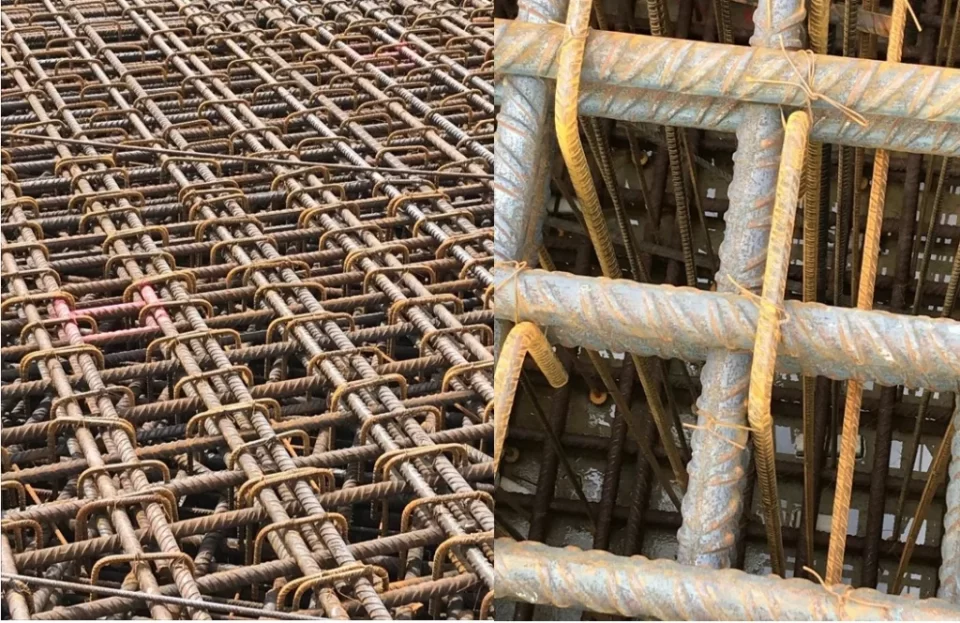Building structural integrity is of paramount importance. One crucial element contributing to this integrity is the use of headed bars. Headed bars, also known as headed reinforcement bars or anchors, have become increasingly popular in modern construction practices due to their ability to enhance buildings’ overall strength and stability. This blog post explores how headed bars work and how they improve the structural performance of construction buildings.
What are headed bars?
Headed bars are a type of reinforcement steel used in concrete construction. They consist of a standard reinforcing bar with a circular steel plate or “head” attached to one or both ends. The head is typically welded or forged onto the bar, creating a strong, integral connection. The primary purpose of the head is to provide a larger bearing surface area, which allows for better load transfer and anchorage within the concrete.
Enhancing load transfer and anchorage
One of the primary ways headed bars enhance structural integrity is by improving load transfer and anchorage. In conventional reinforced concrete construction, the bond between the reinforcing bars and the concrete is critical for effective load transfer. However, achieving adequate bonds can take time and effort in certain situations, such as heavily reinforced sections or areas with limited space for lap splices.
Headed bars overcome this challenge by providing a larger bearing surface area at the head, which increases the mechanical interlock between the bar and the concrete. This enhanced anchorage reduces the required development length of the bar, allowing for shorter lap splices and more efficient use of space. The improved load transfer and anchorage provided by headed bars ultimately lead to a stronger and more reliable connection between the reinforcing steel and the concrete.
Reducing congestion in reinforced concrete
Another significant benefit of headed bars is their ability to reduce congestion in heavily reinforced concrete sections. The density of reinforcement can be extremely high in areas such as beam-column joints, foundation mats, and shear walls. This congestion can make it difficult to properly place and consolidate the concrete, leading to potential voids and weaknesses in the structure.
Designers can often reduce the reinforcement required in these congested areas by using headed bars. The enhanced head anchorage allows for shorter lap splices and eliminates the need for hooks or bends in the bars. This simplification of the reinforcement layout reduces congestion, improves constructability, and reduces the risk of errors during installation.
Increasing ductility and seismic performance
In regions prone to seismic activity, the ductility of a structure is crucial for its ability to withstand earthquakes without catastrophic failure. Headed bars can significantly contribute to construction buildings’ ductility and seismic performance.
During an earthquake, the cyclic loading can cause severe stress reversals in the reinforced concrete members. Headed bars help to distribute these stresses more evenly across the section, reducing the likelihood of localised failures. The improved anchorage provided by the heads also helps to prevent premature bond failure and reinforcement pullout, which can lead to a loss of structural integrity.
Furthermore, headed bars can be used with other seismic design strategies, such as closely spaced transverse reinforcement or high-performance materials like fiber-reinforced concrete. Combining these techniques can greatly enhance the overall seismic resilience of a building.
Headed bars have revolutionised the way we approach reinforced concrete construction, offering numerous benefits that enhance the structural integrity of buildings. As the construction industry continues to evolve and face new challenges, the use of headed bars will undoubtedly remain a critical component in ensuring our built environment’s safety, reliability, and longevity. By embracing this technology and understanding its potential, engineers, architects, and contractors can create structures that meet today’s demands and stand the test of time.

